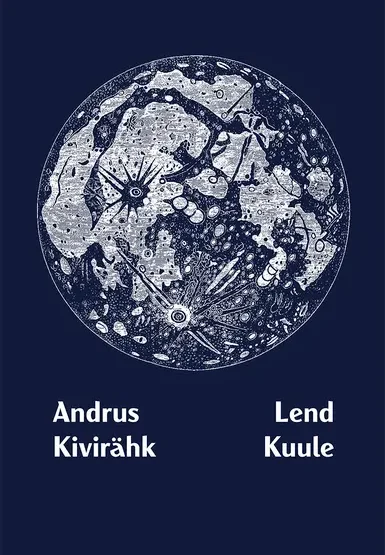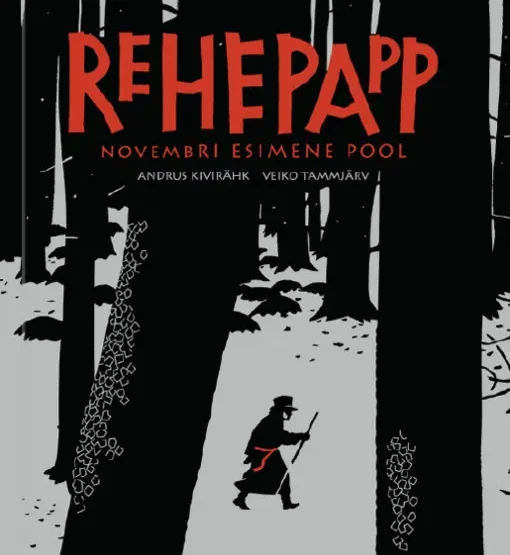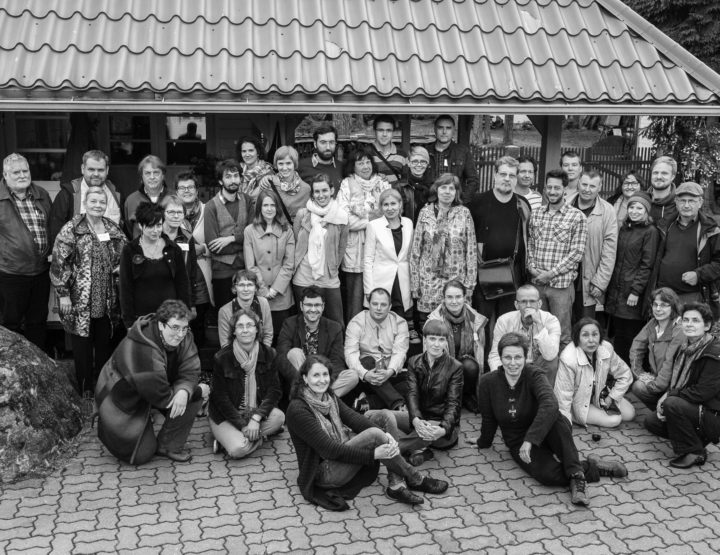Every good translation is a new verbalisation of content or of a
message and is not the simple transposition of words from one
language to another. If the cultural background of a translated
work of art is more or less the same in the target language, it will be
easier to successfully achieve this new verbalisation. That is why, e.g.,
a lot of British and American literature is being translated into German,
as contemporary German society is – or thinks it is – quite familiar with
these cultures. And this is also the reason, why one might face some
difficulties when trying to translate (and market!) Andrus Kivirähk’s ‘Old
Barny’ (Rehepapp. Tallinn 2000).
However, no text is untranslatable, no message untransferable.
Therefore, I think it worthwhile to ponder whether this text is
suitable for being transferred to another language, another culture. As I
definitely regard ‘Old Barny’ as a good book, the only question remaining
may be: is the specific kind of humour Kivirähk uses in his novel an
obstacle? In other words: is it impossible to make the foreign reader
understand and, subsequently enjoy, the text? How necessary is a knowledge
of Estonian history for the understanding of certain humorous passages?
One thing is sure: although Germans played an important role
in the history of Estonia, the contemporary German does not know
very much about this country, far off in the north-east. The potential
German reader is not familiar with the specific situation of the Estonian
peasants in past centuries, with the demons, the stupid devil and other
elements of Estonian mythology and folklore. In order to fully understand
the text, a German reader would need, of course, a helping hand: a
commentary, a preface, an introduction, or something of the sort. But that
is no insoluble task. Historical knowledge improves understanding, but a
lack of historical knowledge does not completely rule out any
understanding, as I see it.
The opening scene, where the farmhand lies writhing in agony
on the floor of the barn after having eaten a large amount of soap at the
manor, remains, in my eyes, enjoyable at any rate – even though the reader
does not know too much about the background. And there are plenty of
scenes like this one. That is why I think a translation is not entirely
impossible.
There is only one further problem: The ‘boom’ (very small, but
still) of Estonian literature that we enjoyed in the early 1990s is
over, and at the moment very little Estonian literature is being
published at all. If one wants to try and promote a book by Kivirähk –
and this author really should be presented to a German readership
– then one should immediately try the ultimate, and take on board
‘Ivan Orav’. This book would also need some commentary, but you
would then kill two birds with one stone. Firstly, the reader gets a
hilarious and enjoyable text, and secondly, the reader will learn a great
deal about (Soviet) Estonia!
To sum up: Kivirähk – as opposed to some of his colleagues,
who are promoted for export purposes – has something to say, he
is unique, he is universal. His message is not limited to
Estonians alone, though the guise of his texts might suggest this.
His message deserves more publicity.
© ELM no 14, spring 2002




